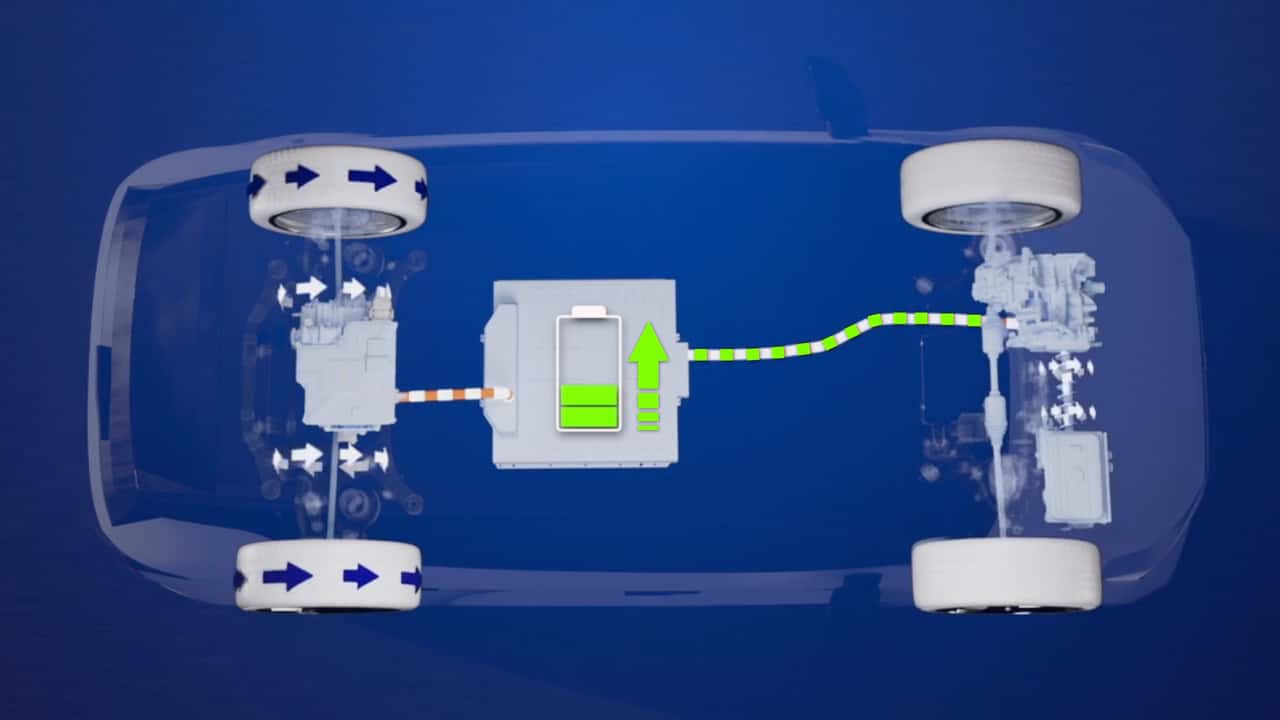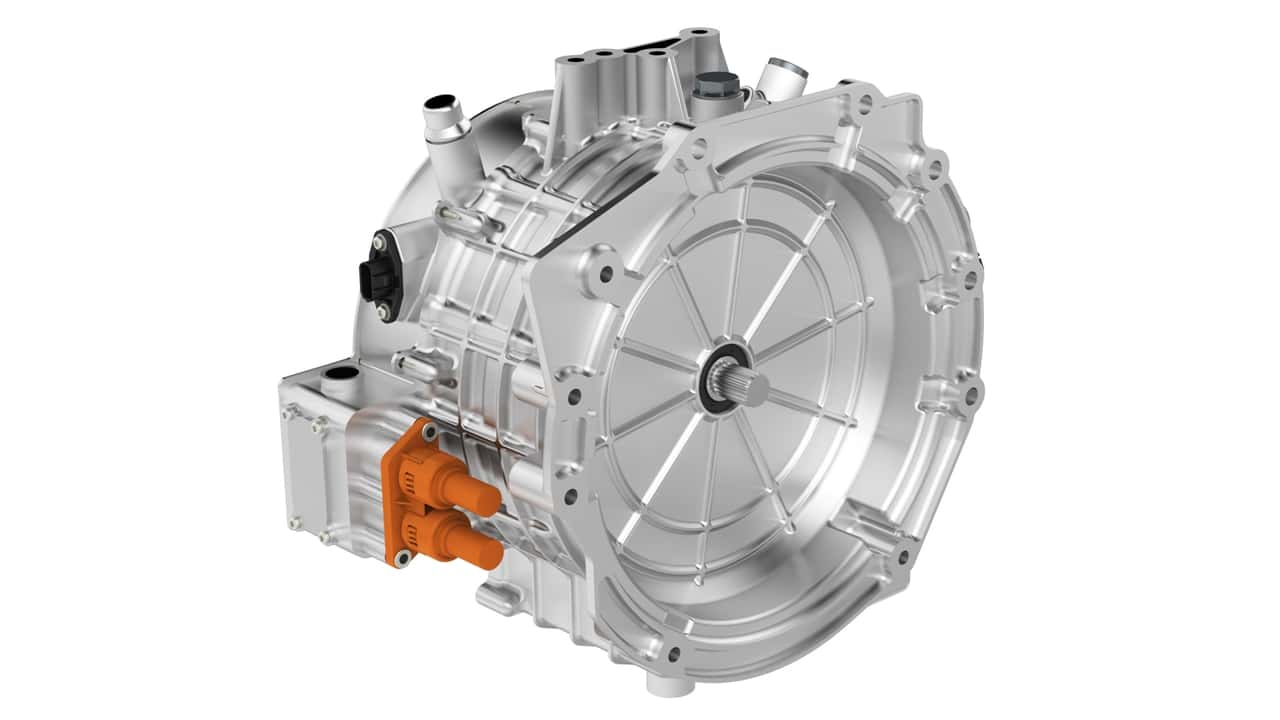
In case you needed more proof that gas engines aren’t going away anytime soon, German auto supplier ZF recently revealed plans to introduce a new electric range-extender system. Production is set to start in 2026.
An electric range extender is exactly what it sounds like. The system acts like a traditional EV, with an electric motor (or motors) powered by a large battery. The “range extender” bit is a gas-powered engine, usually small and compact, mounted in the car to recharge the battery if there aren’t any charging stations nearby. Think of the engine as an onboard generator, with no real connection to the wheels.
Range extenders aren’t exactly new tech. The first mainstream car to get one was the Chevrolet Volt, followed by the BMW i3. In Europe, Mazda even gave its all-electric MX-30 crossover a rotary-powered range extender system. But setups like those aren’t as common now, seeing as how most electric cars can match ICE-powered cars on range.
ZF still sees a gap in the market, however.
“Although the all-electric range of passenger cars is around 500 km (310 miles) on average, range anxiety still influences a wide range of buyers when choosing their next vehicle,” says Dr. Otmar Scharrer, Senior Vice President R&D, Electrified Powertrain Technology at ZF.
Range extenders are a better choice versus traditional plug-in hybrids, ZF argues, because they’re cheaper to produce, require shorter development cycles, and use simpler supply chains. And because the engine isn’t attached to the wheels, it can always operate at its most efficient rpm, lowering consumption and emissions.
“These represent a real alternative to larger—and thus more expensive—batteries or plug-in hybrids,” says Scharrer.

Photo by: ZF

Photo by: ZF
ZF’s new range extender can be had in two flavors: eRE and eRE+. The first connects an electric motor to an integrated converter, with a planetary gearset. The second adds an “intelligent clutch and differential,” allowing it to be used either strictly as a generator or as a secondary drive unit. Power output for both units can be adjusted between 93 and 147 horsepower for the eRE and 93 to 201 hp for the eRE+, depending on the customer’s desires.
“The new interest and the increased demand for range extenders shows that the potential of this technology is far from exhausted—in particular for model platforms that are already designed for battery-electric drivelines,” says Scharrer. “Behind our solutions is the system and platform concept. This means that we are optimally equipped to be able to respond to all customer and market requirements with shorter development cycles.”

Photo by: ZF
ZF eRE+ Range Extender
ZF isn’t alone in realizing the renewed demand for range extender systems. Dodge is attempting to capitalize on the space with its new Ramcharger, which uses a Pentastar V-6 as a range extender. VW-backed Scout Motors confirmed last year that its upcoming truck and SUV will have range extender options as well.
More on Range Extenders
Mazda’s New EV Has a Range-Extending Gas Engine, But It’s Not a Rotary
Karma’s New Car is a Range-Extended Electric Coupe
